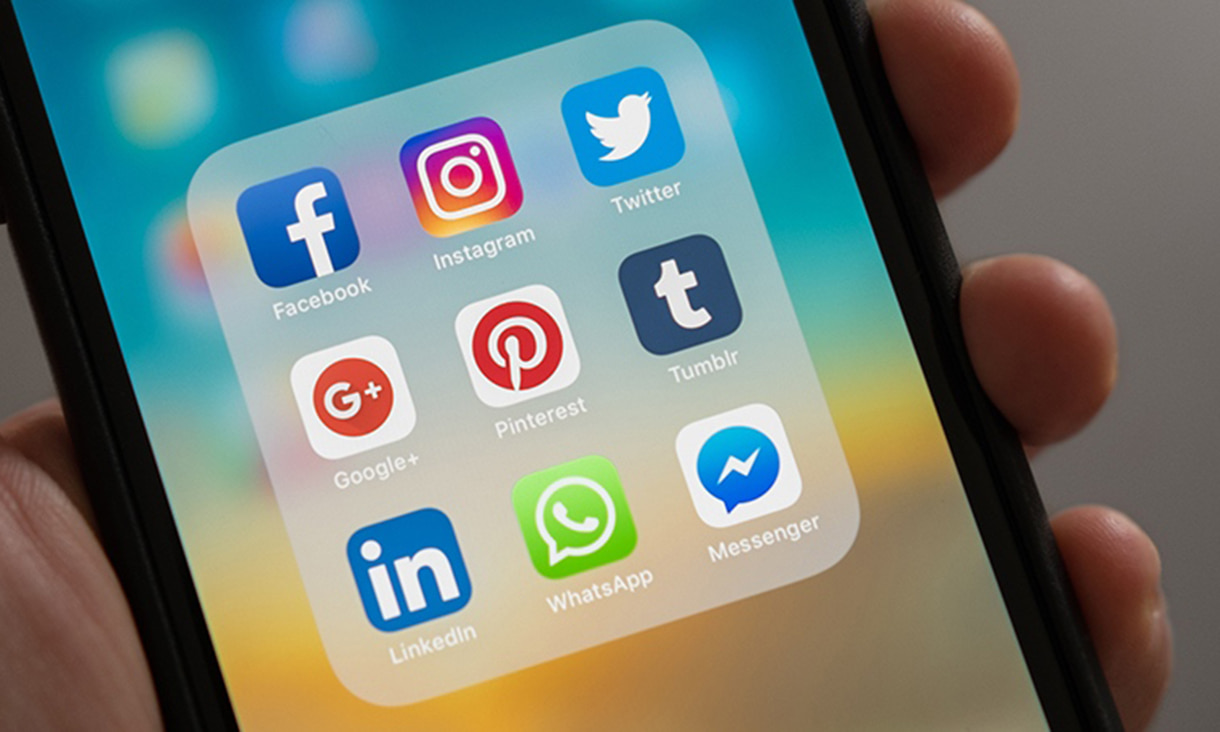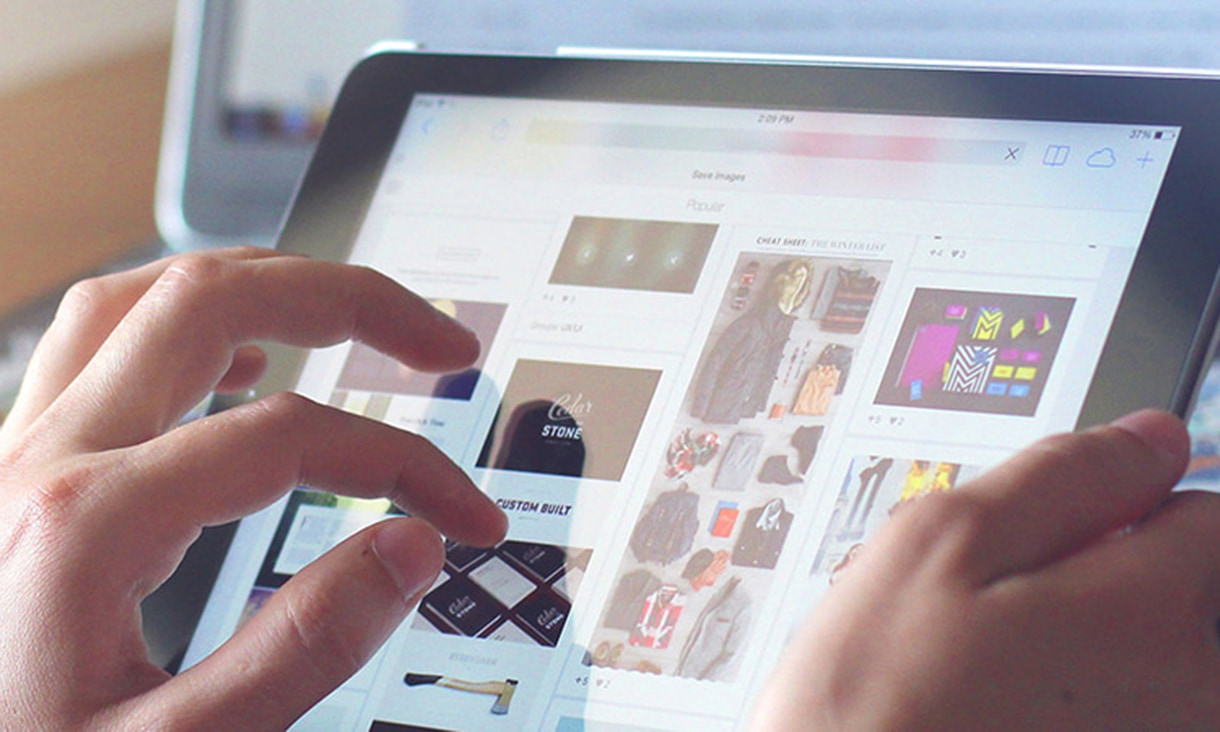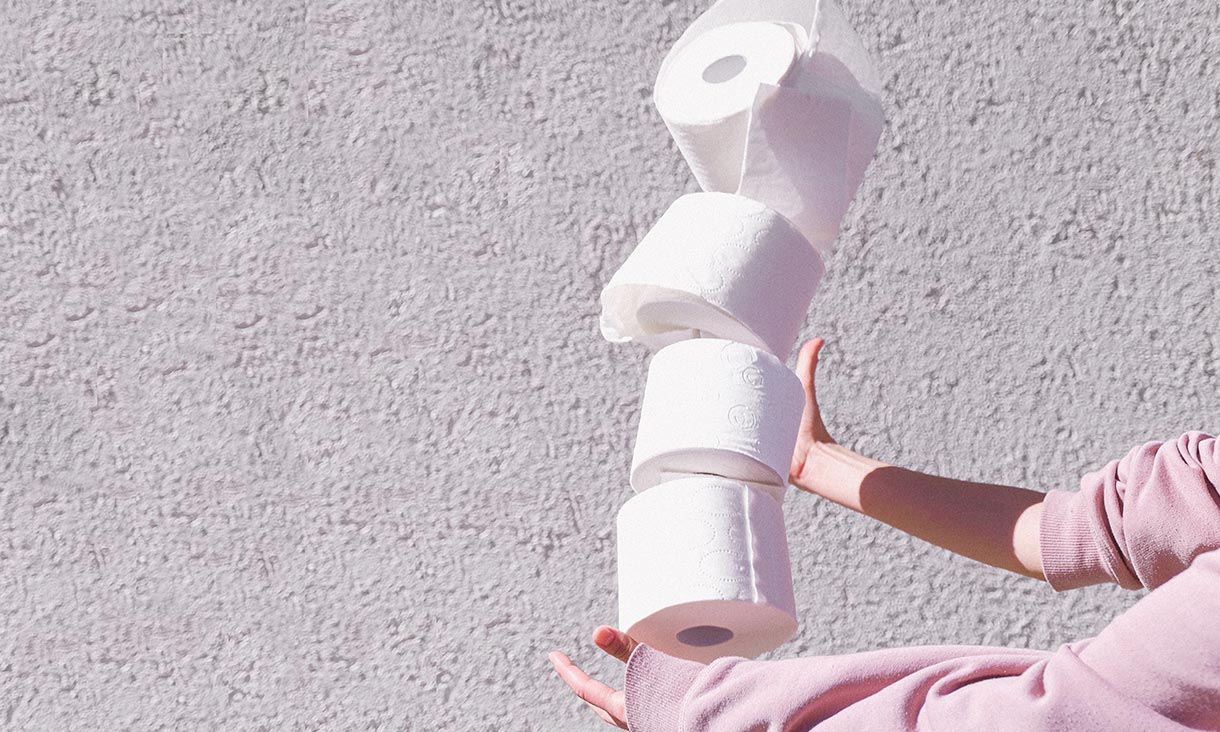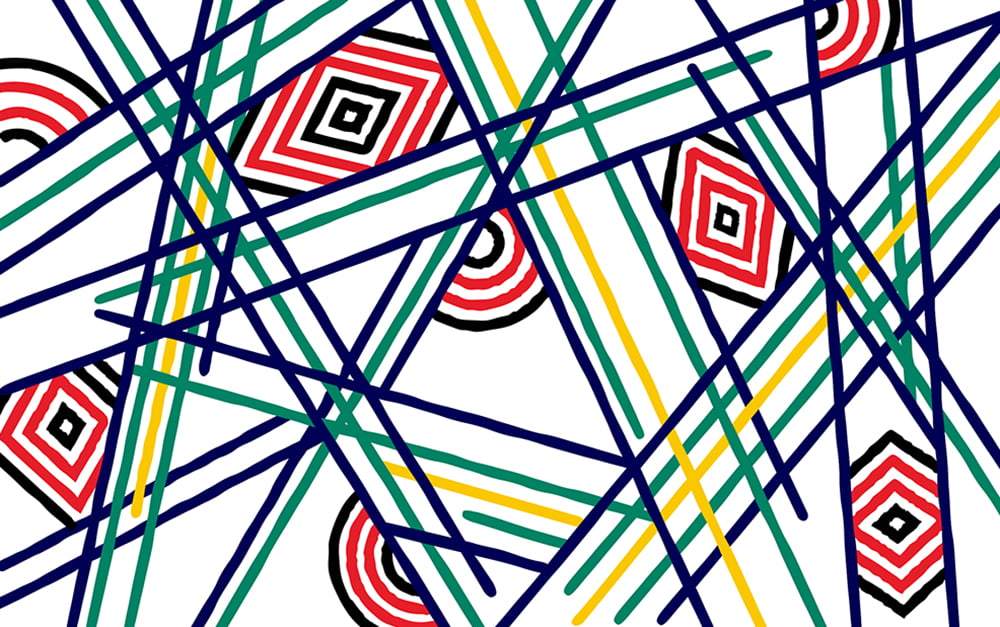We’ve seen this with several canny brands in Australia. Who Gives A Crap (WGaC) looked at the market and saw that a) toilet paper branding was incredibly dull, and b) no-one was satisfying consumer demand for sustainable, ethical toilet paper. As far back as anyone can remember, toilet paper marketing has been all about utility (softness, firmness, value, price) rather than purpose or personality. Who Gives A Crap now sells about $15 million worth of toilet paper each year.
“Even with the name of our brand, we set up the expectation from the get-go that any interaction is going to have that kind of playful nature to it,” says WGaC growth marketing manager, Tim Baxter. “We have access to at least 120,000% more puns than other businesses, right?”
Koala is another Australian brand that’s decided to play in the traditionally ‘un-sexy’ space. In this case, the world of mattresses. Like WGaC, Koala noticed that the mattress market was primed for disruption, not just in terms of price (Koala mattresses retail from around $750, which undercuts pretty much every conventional mattress company) but also in terms of convenience. In their first year, Koala went from zero to $13 million in sales, largely by nailing their value proposition: a relatively cheap, good-quality, no-fuss mattress, that can be delivered to your door within four hours. By addressing common paint points—mattresses are traditionally bulky, expensive, heavy and uncool things—they took the entire industry by surprise.
"This raises another interesting question, particularly in the age of COVID: what messages will we tolerate from what brands?"
You can find "un-cool" category branding examples practically everywhere. In 2018, Frank Health Insurance began talking like Frank Body, and pretty soon every insurance company was running some straight-shooting riff on, ‘Insurance is annoying and boring—we get it.’ Frank ditched the traditional insurance market proposition—we care about you and your loved ones—which, to be honest, was so transparently out of whack with how consumers actually felt about insurance that it’s amazing it endured as long as it did. By doing so, they pivoted an entire industry’s brand experience.
This raises another interesting question, particularly in the age of COVID: what messages will we tolerate from what brands? When the pandemic struck, brands were forced to walk a tightrope between caring and cashing in. Our inboxes were flooded with “stay safe” messaging from some very odd products indeed. For instance, we’re willing to accept a supermarket saying “we’re here for you” during a pandemic, but we’re less willing to swallow that from a perfume company, or Toyota, or a bank.
This is one area where usually "un-sexy" products might have a slight edge. Because they often work in utilitarian spaces that fill a specific need—like toilet paper or mattresses—and because they’re often accompanied by purpose-driven messaging, we’re more willing to accept their messages of comfort, or condolence. As always, it comes back to the product: what you sell matters, but so does how you choose to sell it.











